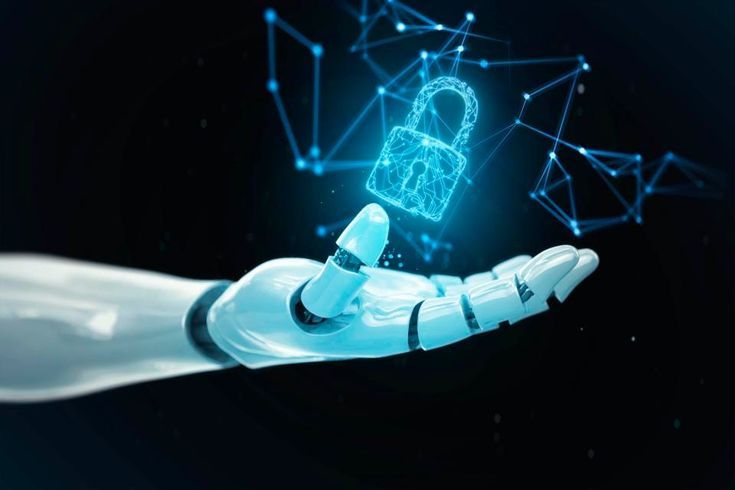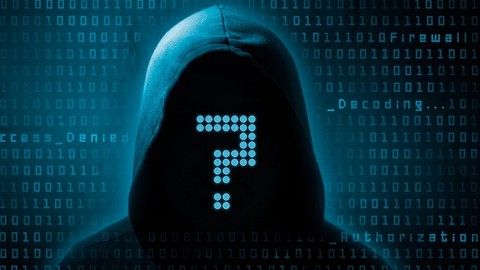AI vs. AI: When Hackers and Defenders Use Machine Learning

AI vs. AI: When Hackers and Defenders Use Machine Learning AI vs. AI: When Hackers and Defenders Use Machine Learning A. Introduction: A New Cyber Battlefield Artificial Intelligence has become a double-edged sword in cybersecurity. As defenders use AI to detect and respond to threats faster than ever, hackers are also leveraging AI to craft more sophisticated attacks. Welcome to the era of AI vs. AI in cybersecurity. B. How Cybersecurity Experts Use AI Real-time threat detection using machine learning algorithms. Automated incident response systems (SOAR platforms). Predictive analytics for identifying potential vulnerabilities. User behavior analytics to detect anomalies. Phishing detection and email filtering. AI enables defenders to analyze terabytes of data in seconds , making it a crucial tool for modern security operations. C. How Hackers Use AI to Launch Smarter Att...









